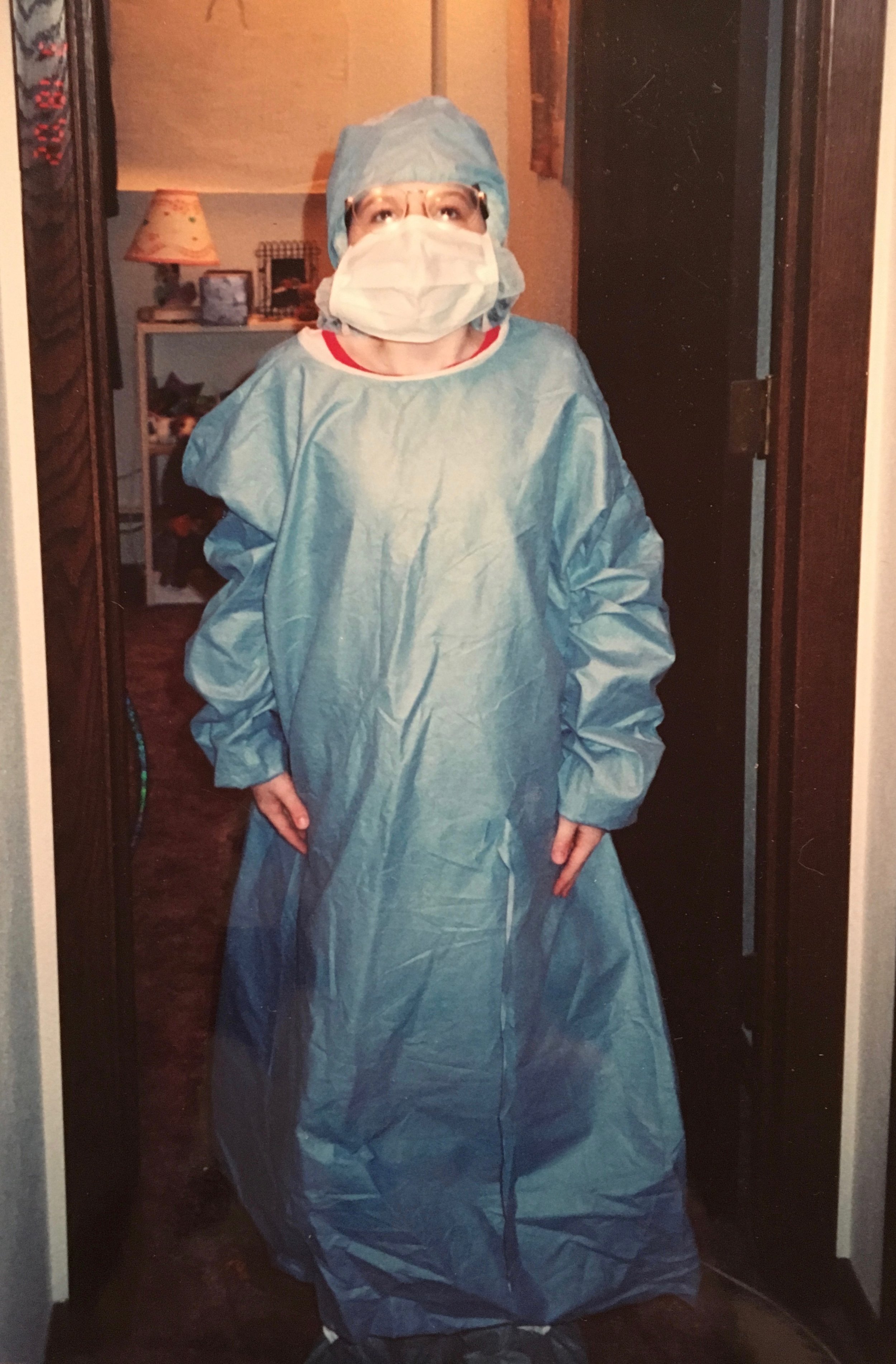10 Tips To Help You Nail Your Surgical Rotation
As I scrubbed in for my first case, I tried to focus on that inner monologue. I’d imagined this moment for years — as you can probably tell by the picture on the side of these words…
Never before had I been so nervous.
“…6, 7, 8, 9, 10. Okay, switch fingers. 1, 2, 3…”
I walked into the operating room (OR), clumsily grabbed my gown, and then ripped right through my sterile glove.
Great.
I remember tearing through that glove like it was yesterday. In fact, I can vividly recall just about every dumb mistake I made when I was first learning my role as a surgical first assistant.
Reflecting on those nerve-racking moments, I want to take this opportunity to pass on any of my wisdom to any medical student preparing to walk into their surgical rotation.
At the very least, I hope my insight can prevent some of the unnecessary embarrassment I experienced.
Here it goes… the number one thing to never forget on your surgical rotation:
1. Be kind to EVERYONE in the room. And yes, this rule lives on when the surgeon is not around.
I would often see medical students sitting on their phones, not interacting or offering assistance to the surgical team as they set up for the case. Something I think many students fail to realize is that the surgeon’s team is often composed of individuals who have worked together for years. Being on their good side will set you up for success.
2. You are going to contaminate yourself. Don’t panic! But be sure to speak up… or someone else will.
Being a student means you are on everyone’s radar. There is nothing worse than being called out for contaminating yourself. Don’t put yourself in that situation. Take a step back and let the tech know right away. They will instruct you on what to do next. Remember: our top priority is the safety of the patient.
3. Offer to help.
Grab your own gown and your own gloves. While you are at it, ask the team if they need help with anything else. When you are not around, they will be sure to tell the surgeon which students have gone above and beyond.
4. Similarly, don’t be afraid to ask for help!
There were plenty of times I was asked to do something I had yet to do outside of the classroom. For example, when I put in my first catheter, I asked the nurse in the room if they would observe me while I did it. Trust me, they will be watching you the whole time anyways. It is best to show that you care, and that you are committed to learning in order to correctly complete any task they give you.
5. Don’t get down on yourself!
Surgeons — like any other physician we will shadow — have a habit of asking students a series of questions until they get one wrong. From personal experience, they are just trying to gauge where you are at. However, be sure to come back the next day with the answer to the question you got wrong.
6. Anticipate the surgeon’s needs.
This will definitely win you some brownie points. Most of the time, we will be stuck with the wonderful position of retracting a liver in a 5-hour general case. If you want to be promoted from your retracting duties, make sure that free-hand is suctioning or getting ready to cut a surgeon’s suture.
7. Being on the surgical tech’s good side will make a world of difference.
This one works as a bonus pro-tip. Remember how I said be kind to everyone? You may have no clue what is going on during a case until, all of a sudden, you find your once-empty hand suddenly equipped with a pair of scissors, the surgeon looking over at you saying: “cut.”
8. Practice your suturing and tying!
It is noticeable which students have been practicing out of the OR. While it is most important to tie and close properly, it is almost as important to accomplish these tasks quickly. Practice is what separates students who are allowed to close from those who get to watch the surgical assistant close.
9. Be aware of your surgeons preferences.
Every surgeon has their own preferences. One will want you to only one-hand tie and leave a 2-centimeter tail, while the next will want you to only two-hand tie and leave a 3 -centimeter tail. And yes, they can tell a difference. It is important to keep up on all your skills. I know I definitely need to practice my two hand-tying.
10. Just breathe.
Everyone started where we are starting. We have all busted through a glove, contaminated ourselves, moved while holding a retractor, or cut a surgeon’s knot. Remember this, and don’t be so hard on yourself.
Aubrey Euteneuer
Osteopathic Medical Student - 2nd Year (OMS II)
Pacific Northwest University of Health Sciences


